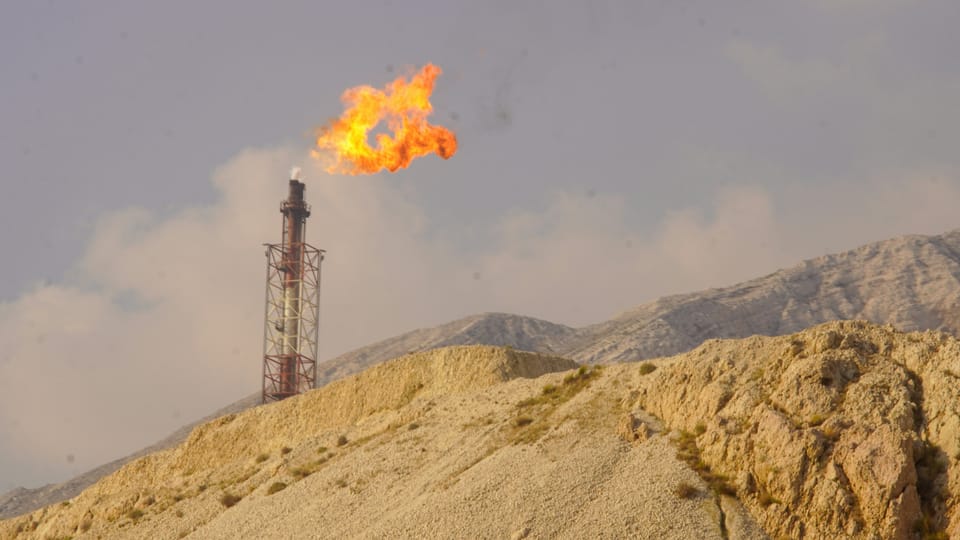Study: Achieving the Global Methane Pledge would bring US$1tn in annual savings

An economic assessment of global methane abatement has found that meeting the Global Methane Pledge to cut methane emissions by 30% by 2030 would result in US$1 trillion in annual savings.
In an academic study published this week in the journal Science, researchers demonstrate that, even using conservative assumptions about costs, “the benefit-cost ratio of methane action is at least three – rising to more than six when health co-benefits are included”. This means that methane action would pay for itself at least three, and up to six times over.
Financial benefits are greater in lower-income countries because of their higher vulnerability to climate change, and methane action is also shown to reduce climate risk. Reduced methane emissions would lower the intensity of several key tipping points: for instance, the likelihood of Amazon rainforest dieback would drop by 8% and Indian monsoon disruption by 13% by 2050 if the goals of the Global Methane Pledge were met.
“Our analysis shows that global methane mitigation is not only feasible but also economically compelling. The benefits—spanning avoided climate damages and improved air quality—consistently outweigh the costs under a wide range of scenarios. The gains are especially pronounced for low- and middle-income countries, underscoring the policy’s equity-enhancing potential. Given that major economies also stand to gain considerably on their own, global cooperation is not strictly necessary for substantial methane action to be in their national interest,” conclude the study’s authors.
Slow progress on the Global Methane Pledge
The Global Methane Pledge was launched at COP26 by the European Union and the United States, joined by many countries. Today it counts 159 participating countries and the European Commission.
Methane is a potent greenhouse gas estimated to be responsible for about a third of global warming, so these countries collectively committed to reduce methane emissions by 30% by 2030, from a 2020 baseline.
According to the International Energy Agency’s latest Global Methane Tracker, methane emissions remained at a ‘stubbornly high’ 120 million tonnes in 2024. This is despite the fact that the fossil fuel industry has everything it needs to reduce them – including a business case, since the gas captured at production facilities can be resold as energy.
“Tackling methane leaks and flaring offers a double dividend: it alleviates pressure on tight gas markets in many parts of the world, enhancing energy security – and lowers emissions at the same time,” said IEA Executive Director Fatih Birol.
“However, the latest data indicates that implementation on methane has continued to fall short of ambitions.”







Member discussion